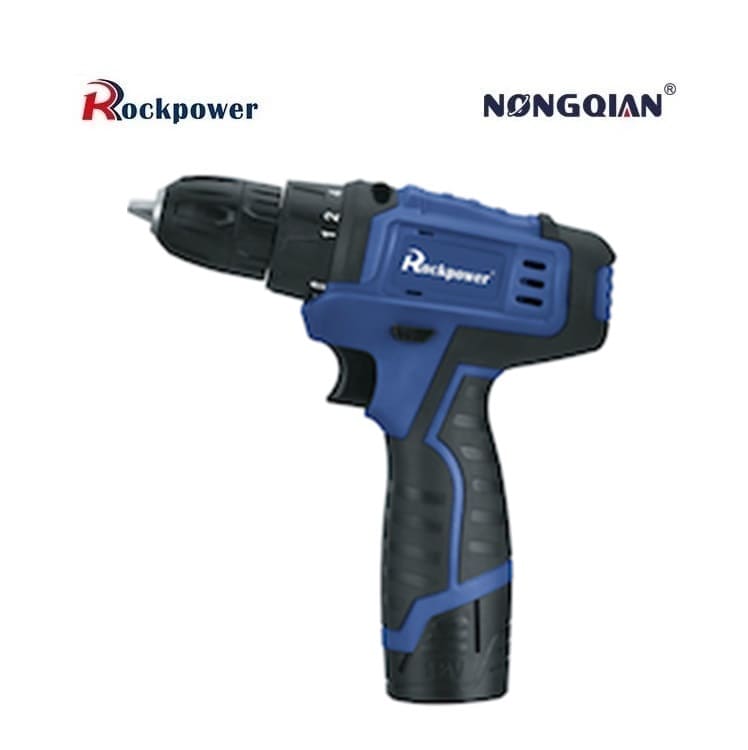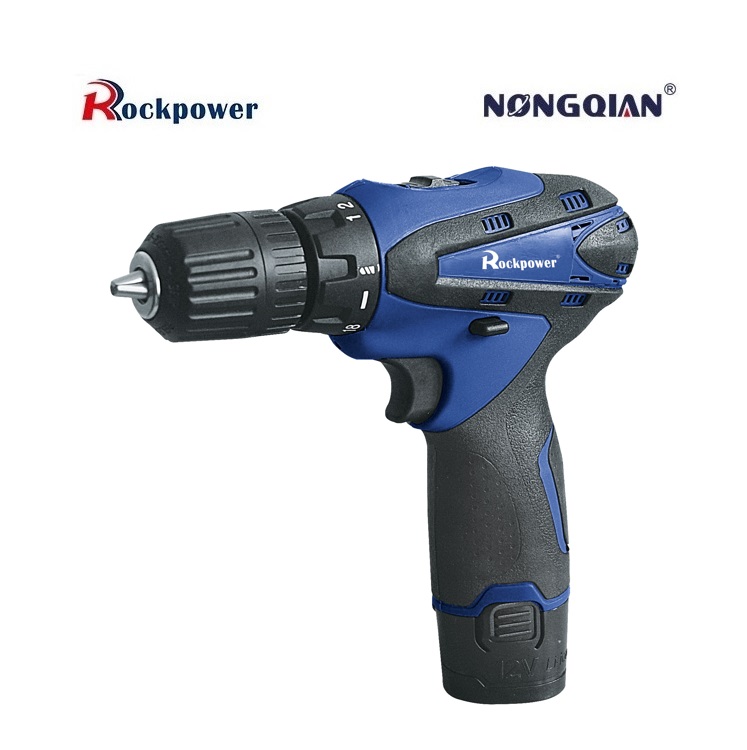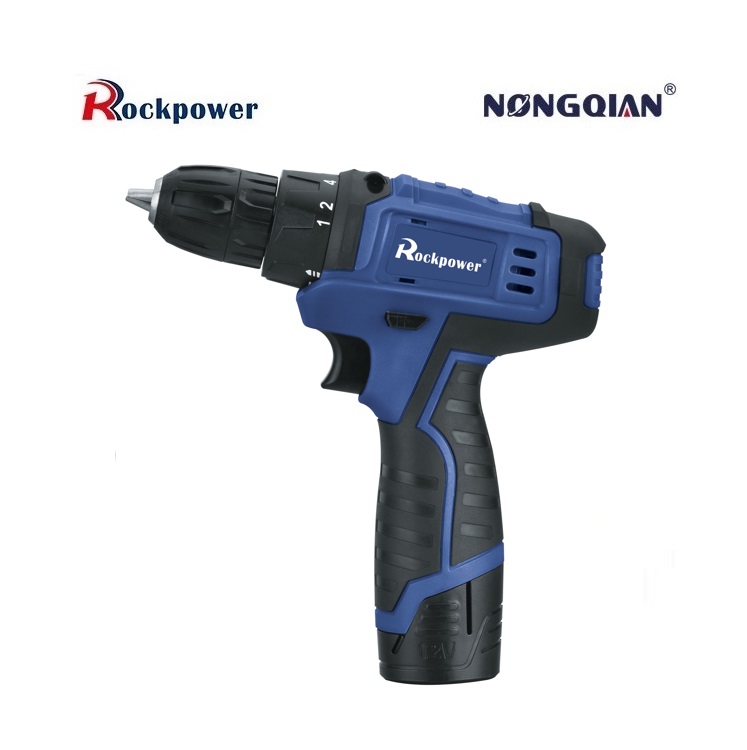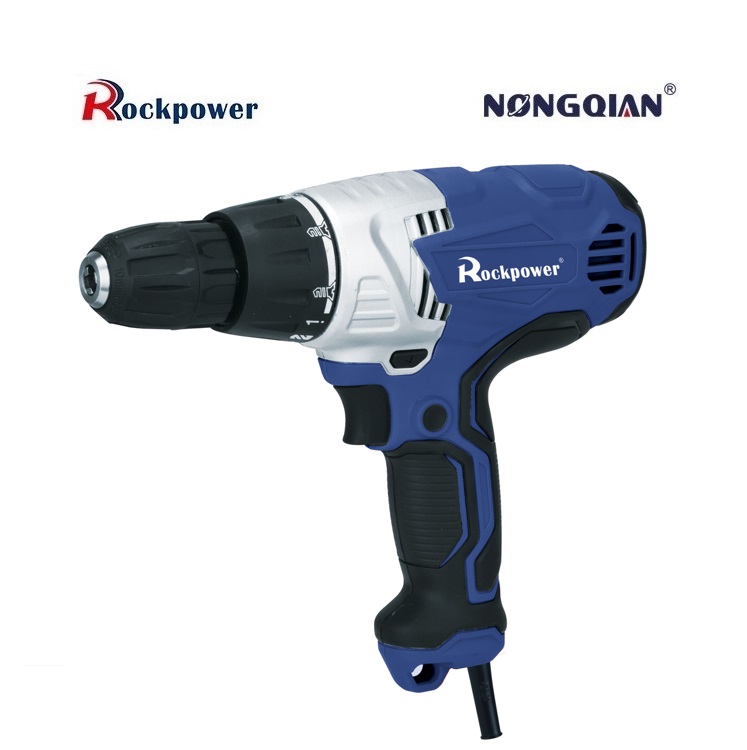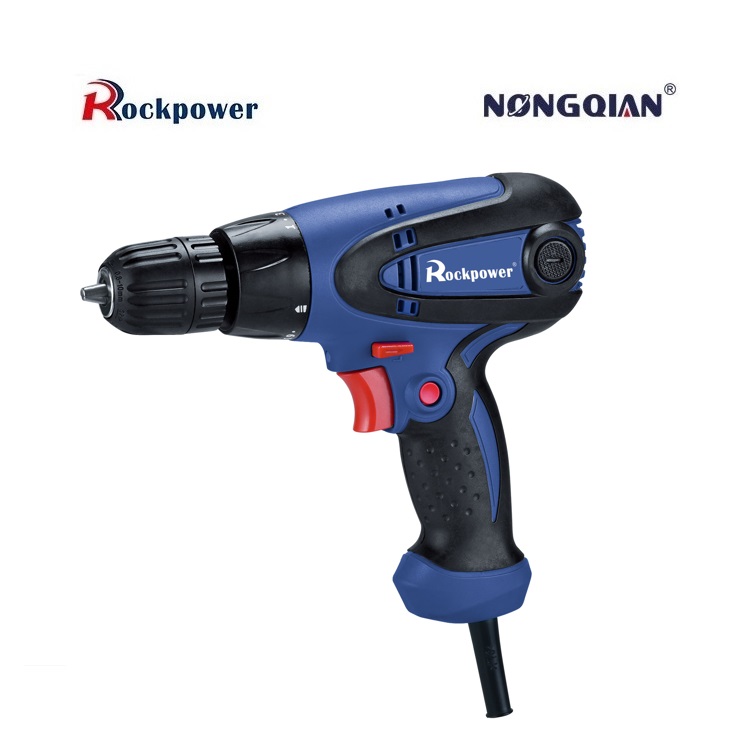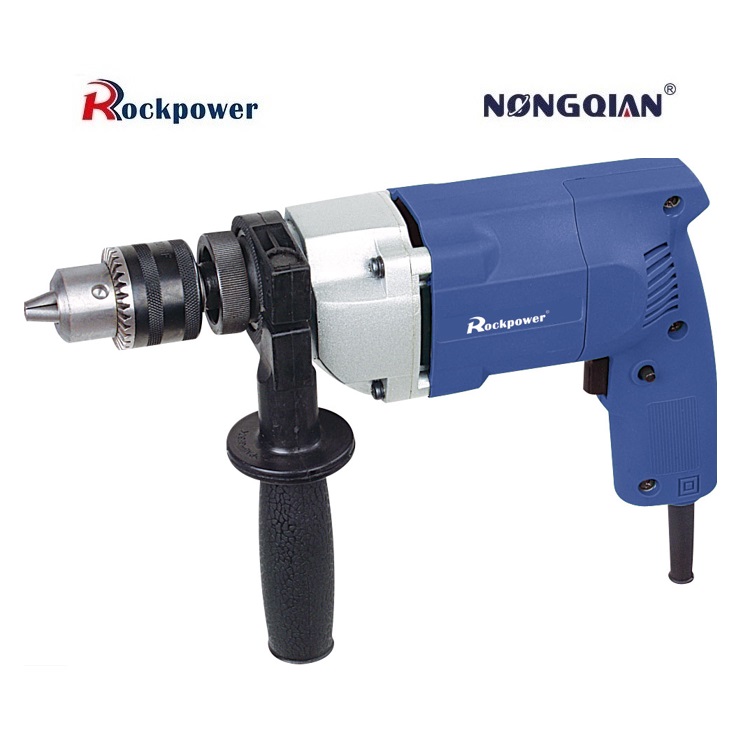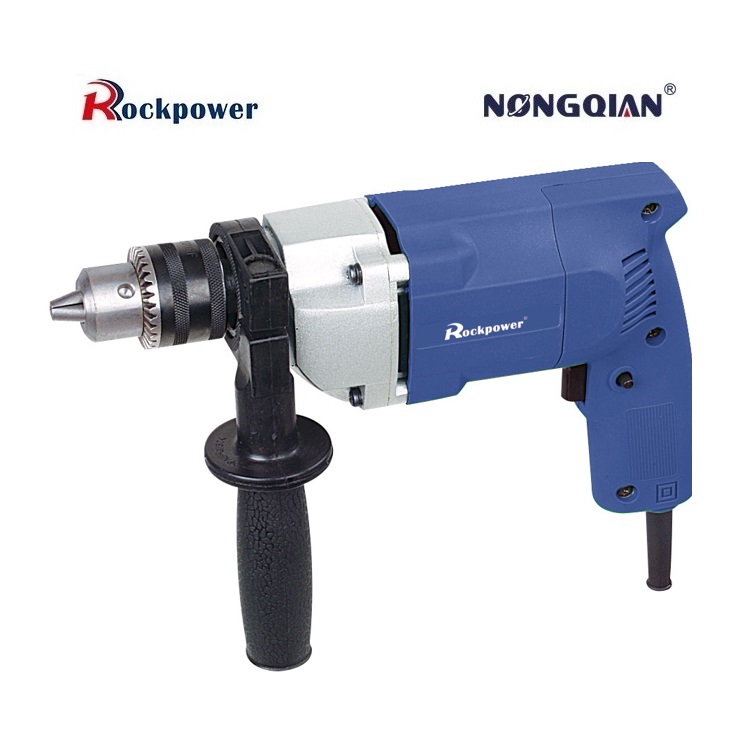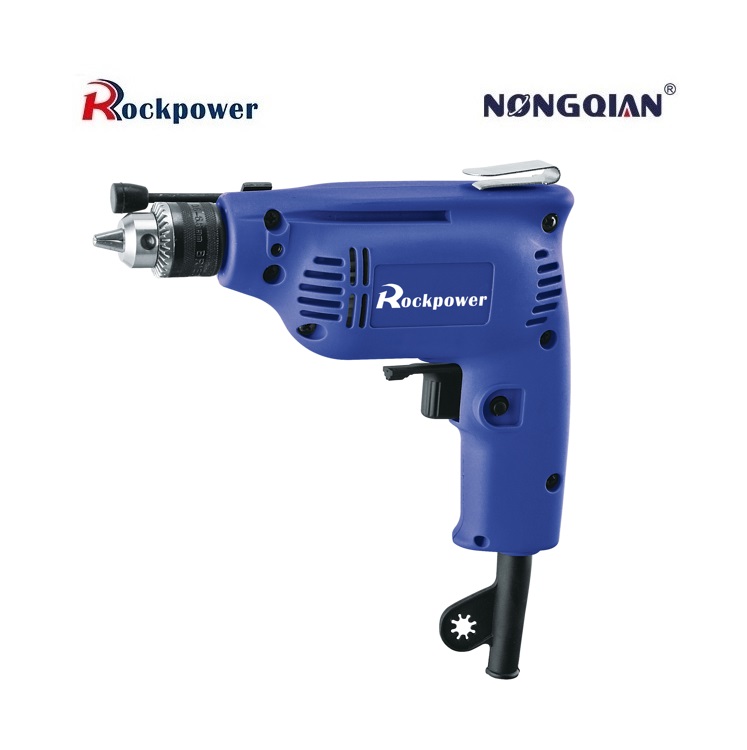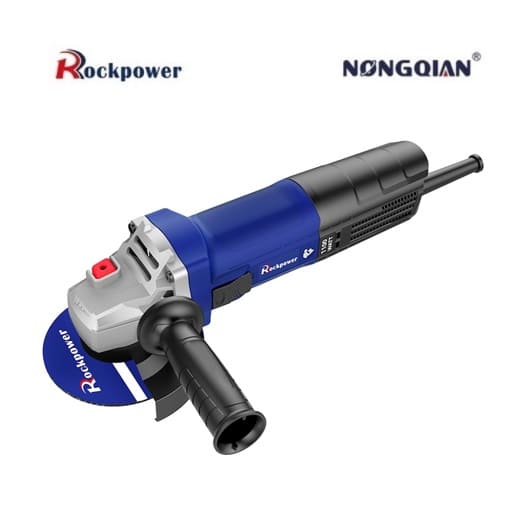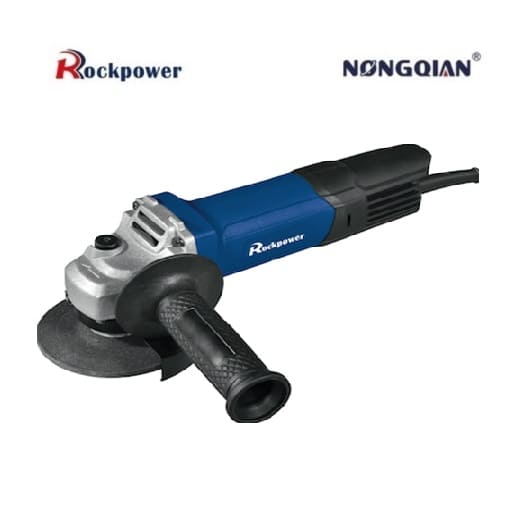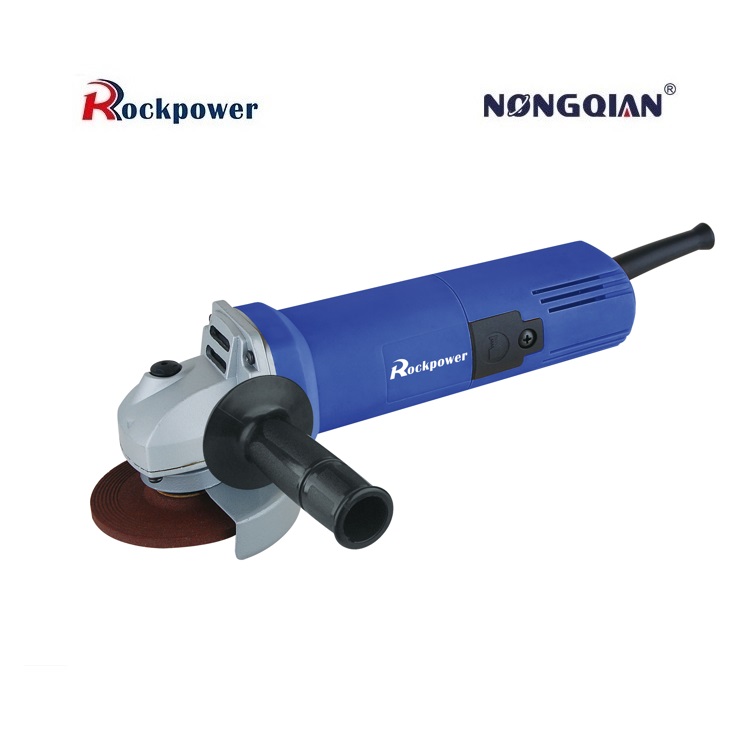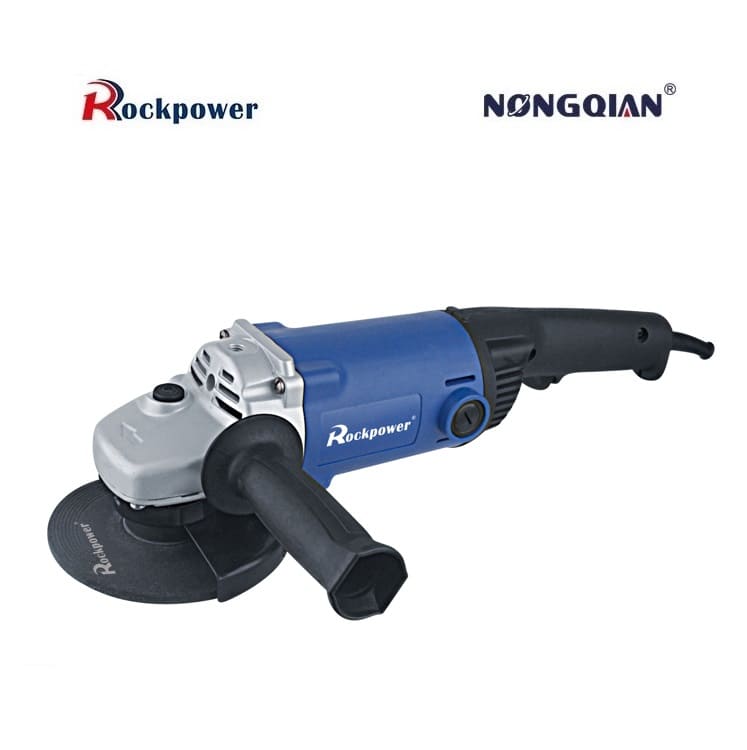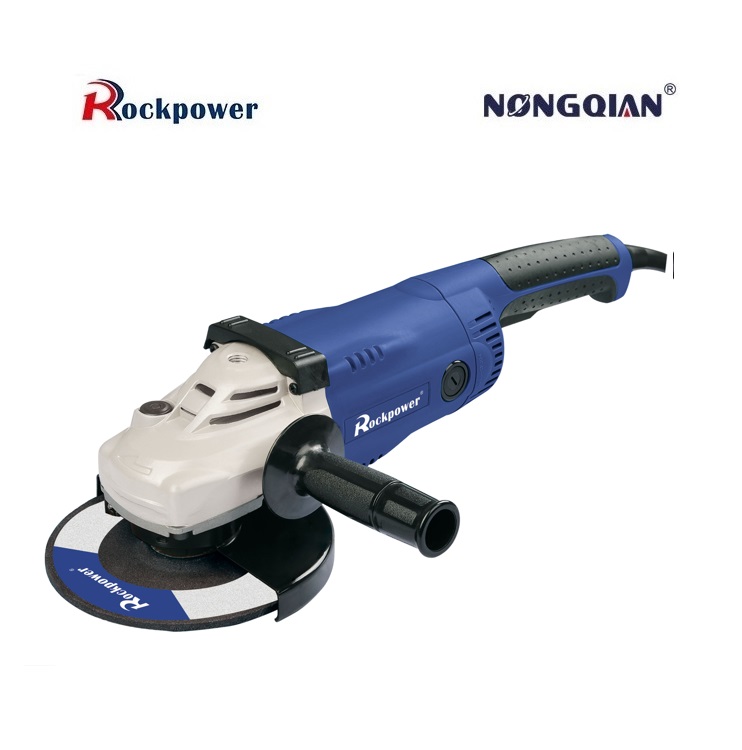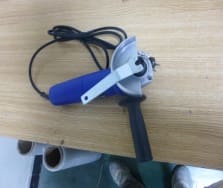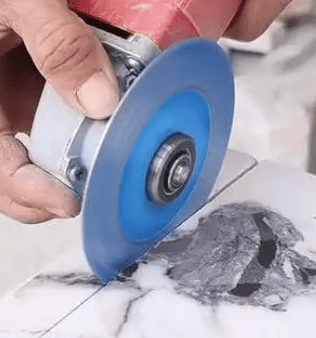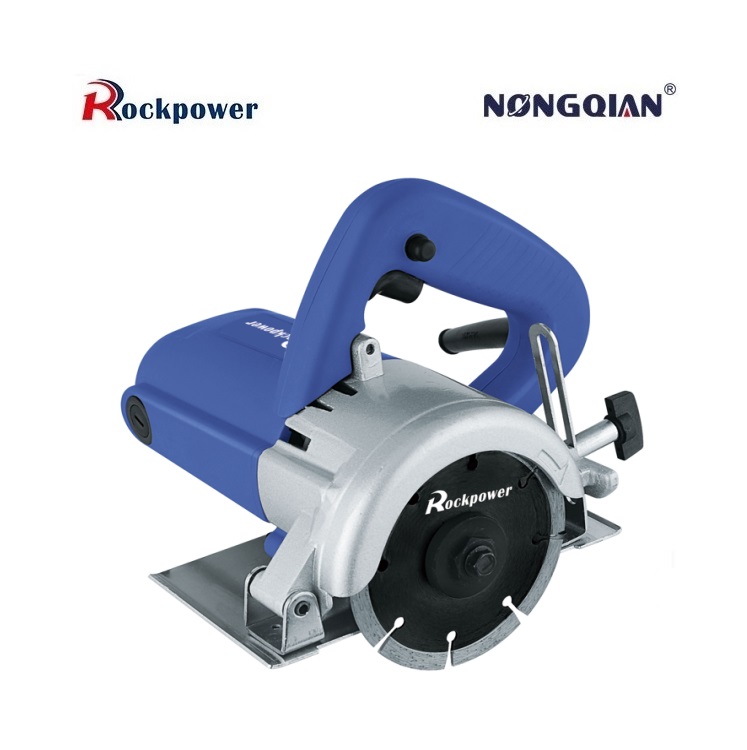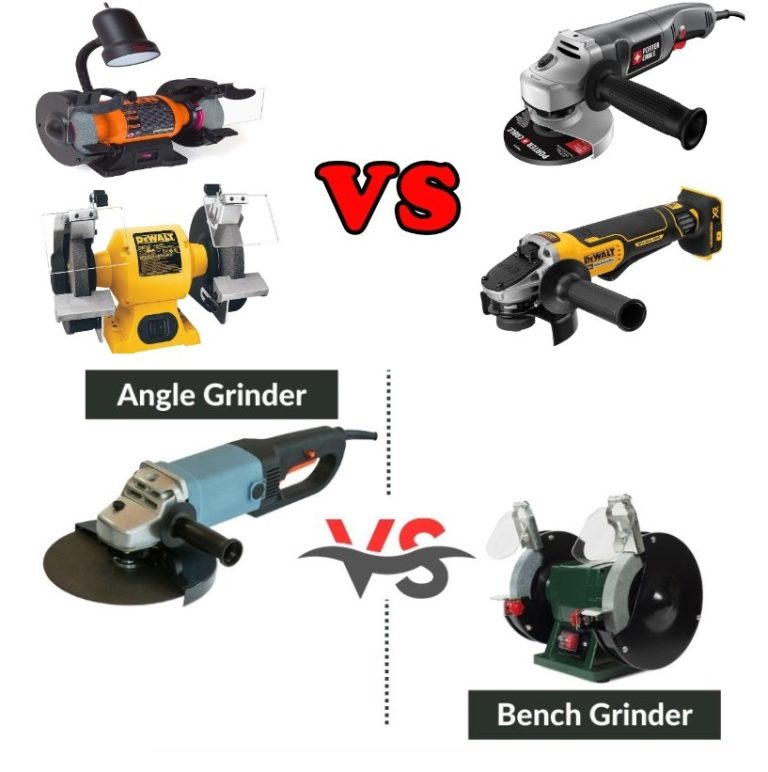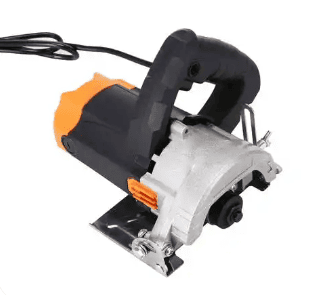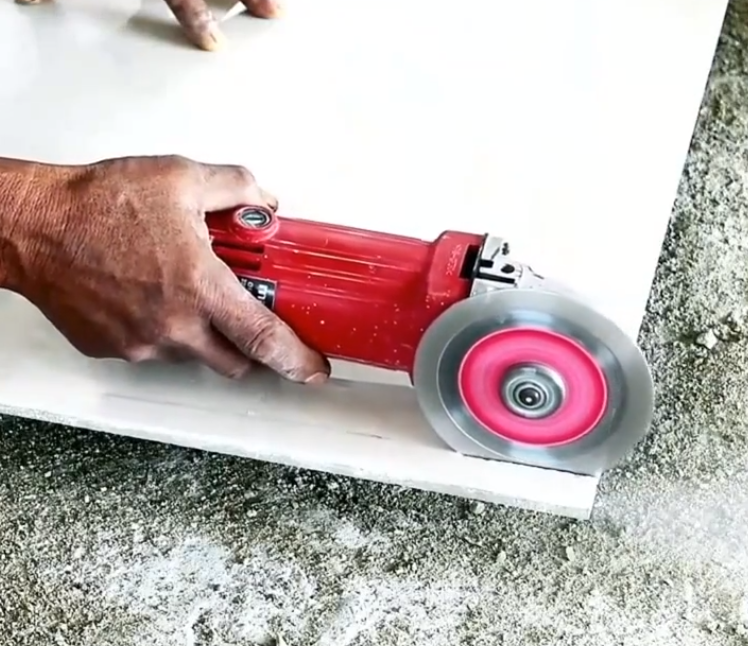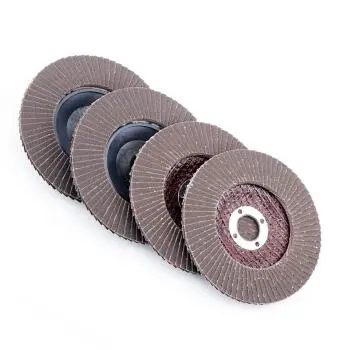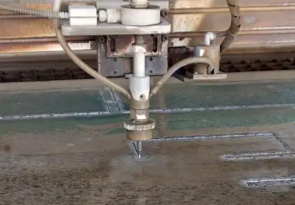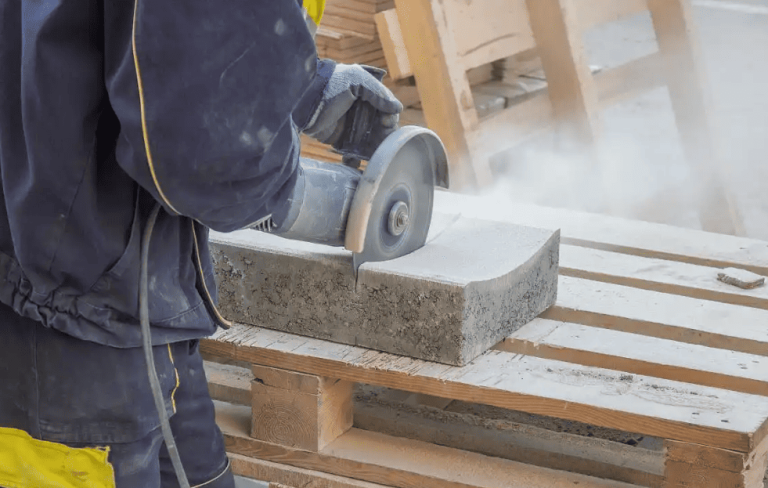When to use impact vs drill?
Should You Choose a Drill or an Impact Drill for Home Use? Pros and Cons Compared—Pick the Right One, Not the Expensive One!
“Drills are lightweight and versatile, ideal for drilling into wood, metal, and assembling furniture. Impact drills offer powerful performance, making them perfect for concrete walls. Choose based on your needs: opt for a drill for light tasks, go for an impact drill for renovation work, and consider a multi-purpose tool if your budget allows.”
In home renovations, furniture assembly, or everyday repairs, drills and impact drills are two common power tools. They differ significantly in functionality, purpose, and applicable scenarios, so choosing the right tool is crucial for improving efficiency and results.
1. Basic Concepts of Drills vs. Impact Drills
1.1 Drill
A drill is a power tool that rotates a drill bit to bore holes, primarily used for wood, metal, and plastic. Household drills typically come in corded and cordless (battery-powered) versions. Cordless drills are favored for their portability, while corded drills are better suited for prolonged, high-intensity use.
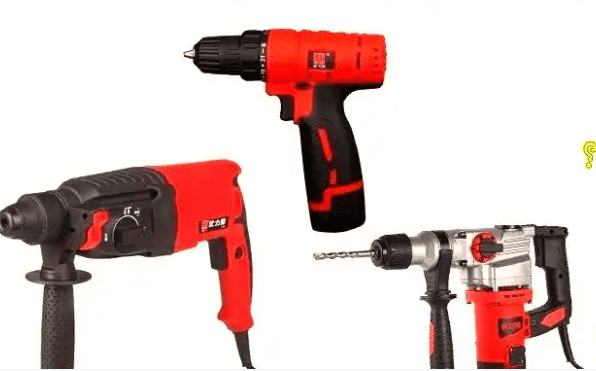
Features:
- Single function: Mainly for rotary drilling, suitable for soft materials (wood, plastic) and thin metal.
- Lightweight & easy to use: Simple operation, ideal for DIY tasks.
- Adjustable torque: Many drills have torque settings for screwdriving or precision work.
- Affordable: Generally cheaper than impact drills.
1.2 Impact Drill
An impact drill adds a hammering action to the rotation, enhancing drilling power for hard materials. It can switch between rotary and hammer modes as needed.
Features:
- Multi-functional: Combines rotary drilling and hammer drilling, suitable for concrete and brick walls.
- High power: More efficient for hard materials.
- Versatile: Can handle both wall drilling and standard wood/metal tasks.
- Slightly complex: Requires some skill, and the tool is usually heavier.
2. Home Use Scenarios & Needs Analysis
Common household tasks include:
- Furniture assembly (e.g., IKEA furniture, screwing, wood drilling).
- Wall mounting (e.g., hanging pictures, curtain rods, shelves—involving brick or concrete).
- Repairs (e.g., fixing wooden furniture, installing locks).
- DIY projects (e.g., crafting, home modifications).
Recommendations:
- Drill: Best for light tasks like furniture assembly, wood/metal drilling—ideal for beginners or budget-conscious users.
- Impact Drill: Essential for wall drilling (concrete/brick) and more demanding jobs.
3. Pros and Cons Comparison
Drill:
✅ Pros:
- Lightweight & user-friendly.
- Multi-purpose (drilling + screwdriving).
- Budget-friendly.
- Quieter operation.
❌ Cons:
- Not suitable for hard materials like concrete.
- Less powerful for thick metal/hardwood.
Impact Drill:
✅ Pros:
- Stronger drilling (great for walls).
- Dual-function (rotary + hammer).
- Durable for occasional heavy-duty use.
❌ Cons:
- Heavier (can cause fatigue).
- Noisier and more vibration.
- Pricier than basic drills.
4. Buying Guide for Home Use
1. Match the Tool to Your Needs:
- Light tasks (e.g., furniture, woodworking): A standard drill suffices.
- Wall drilling/renovations: An impact drill is a must.
- Mixed needs? If budget allows, an impact drill covers both.
2. Budget Considerations:
- Low budget (¥100–300): Entry-level cordless drill (e.g., Bosch, DeWalt, or domestic brands like Dongcheng, WORX).
- Mid budget (¥300–600): Mid-range cordless impact drill or corded model (e.g., Bosch, Makita, Deli).
- High budget (¥600+): Premium cordless impact drill with high-capacity battery.
3. Key Specs to Check:
- Power & torque: Household drills: 300–600W; impact drills: 500–800W. Higher torque = better performance.
- Battery (cordless): 1.5Ah–4.0Ah; larger capacity = longer runtime. Opt for a dual-battery kit.
- Bit compatibility: Ensure it supports common sizes (6mm–10mm) and masonry bits (for impact drills).
- Brand & warranty: Prioritize reliable brands (Bosch, Makita, Dongcheng) for service and parts.
4. Additional Tips:
- Safety first: Wear goggles and gloves to protect against debris.
- Accessories: Get a drill bit set, screwdriver bits, or a toolkit for versatility.
- Learn proper use: For impact drills, practice grip and mode-switching to avoid damage.
Final Advice:
Choose based on frequency and tasks, prioritize reputable brands, and always follow safety guidelines. Whether you pick a drill or an impact drill, proper usage ensures the best results!
You may also interest to read similar questions:
What to look for when buying a cordless drill?
When to use impact vs drill?
Is a brushless drill better?
What does “brushless” mean on a drill?
Are corded drills more powerful?
Is a hammer drill more powerful than a regular drill?

